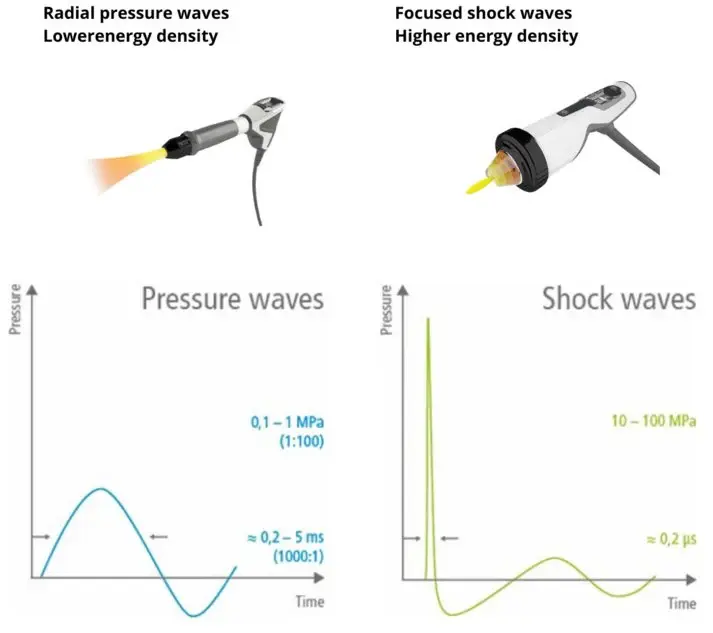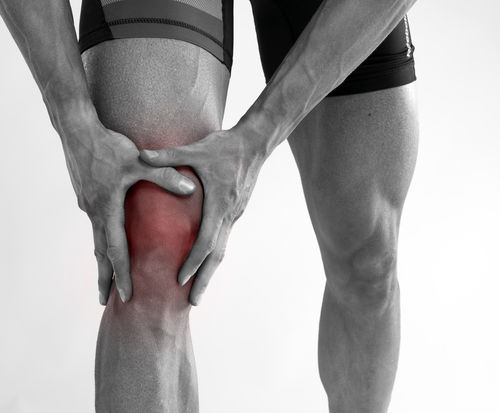What is the difference between radial and focused shockwave therapy?
- Head 2 Toe Osteopathy
- Aug 15
- 2 min read
The primary difference between radial and focused shockwave therapy lies in how the shock waves are generated, their energy distribution, and the depth and precision of tissue penetration they achieve:
Generation and Wave Pattern:
Radial shockwave therapy (RSWT) uses a pneumatic system that propels a projectile to create pressure waves which spread out radially (diverge) from the application point, affecting a broader but more superficial tissue area.
Focused shockwave therapy (FSWT) generates shock waves electromagnetically, concentrating energy into a small, defined focal point inside the body, delivering a convergent wave with high precision.

Depth of Penetration:
Radial waves have lower energy density and penetrate superficially, typically up to 3-4 cm depth. They lose energy as they spread, making them most effective for superficial tissues like tendons near the skin surface.
Focused shockwaves can penetrate much deeper, from about 2 cm up to 12 cm or more, depending on the device and settings, making them suitable for targeting deep tissues, tendons, bones, or calcifications.
Energy Intensity and Treatment Precision:
Radial shockwaves deliver lower maximum intensity that dissipates over a wide area, suitable for broader tissue regions and less intense pain relief.
Focused shockwaves deliver higher energy density concentrated precisely at the pathological tissue, enabling treatment of deeper, more severe, or localised conditions.
Clinical Applications:
Radial shockwave is preferred for superficial conditions such as plantar fasciitis, tennis elbow, and Achilles tendinopathy.
Focused shockwave is favoured for deep or complex conditions including calcific tendonitis, non-union fractures, deep muscle injuries, and certain orthopaedic or urological conditions.
Patient Comfort:
Despite delivering higher energy, focused shockwave therapy can often be less painful as energy bypasses skin and concentrates at depth, whereas radial shockwaves may cause more skin irritation due to dispersion at the surface.
In summary, radial shockwave therapy treats a larger, superficial area with lower energy, while focused shockwave therapy delivers high-energy waves precisely to deep tissues, allowing for treatment of a wider range of conditions including deep and complex injuries.




Commenti